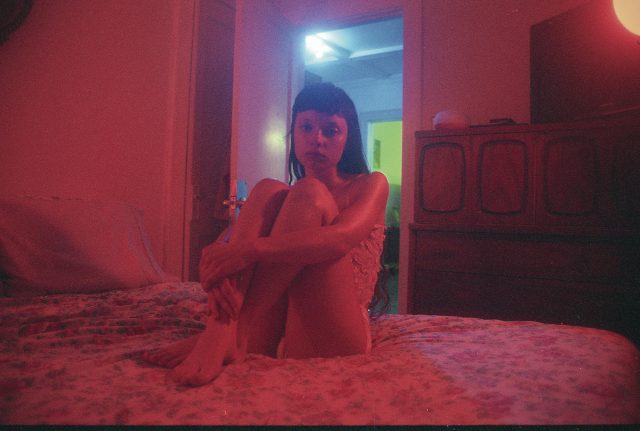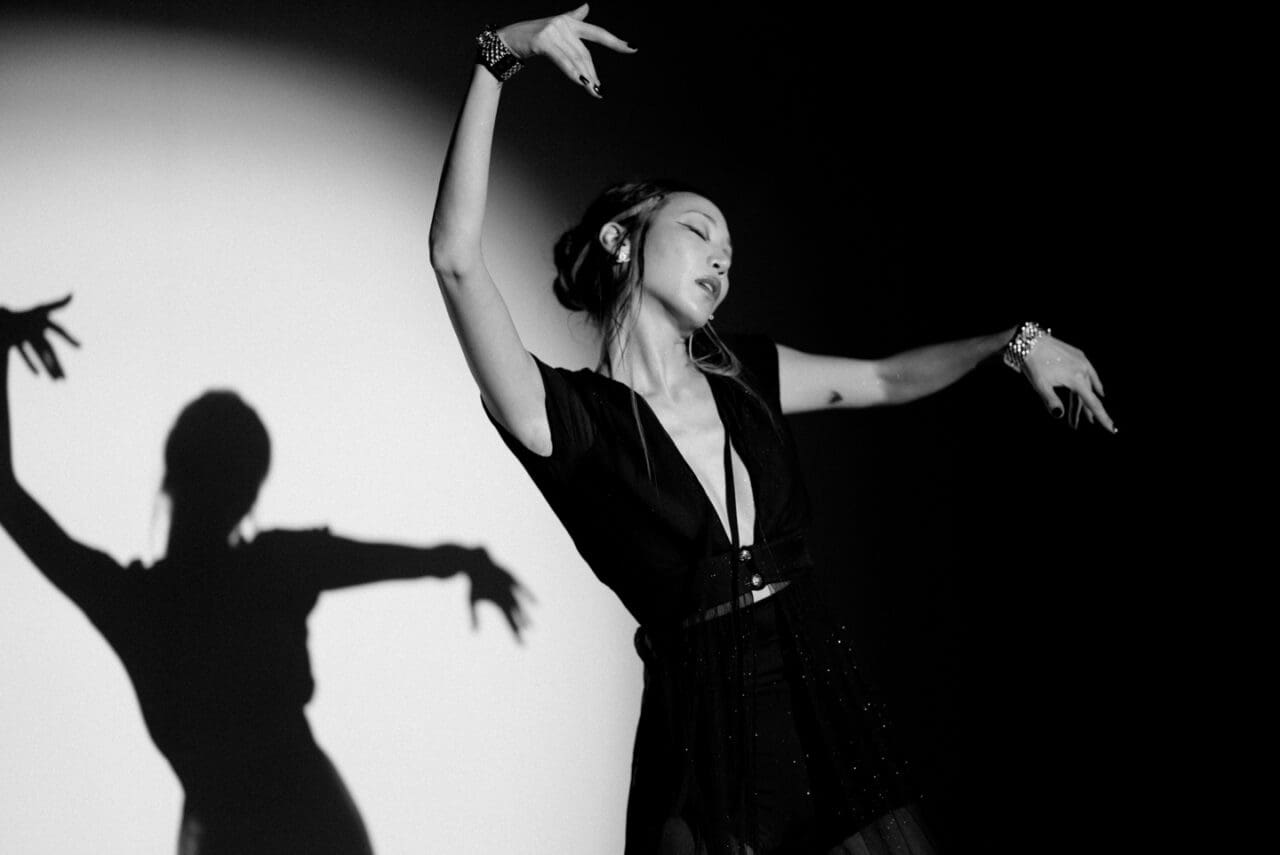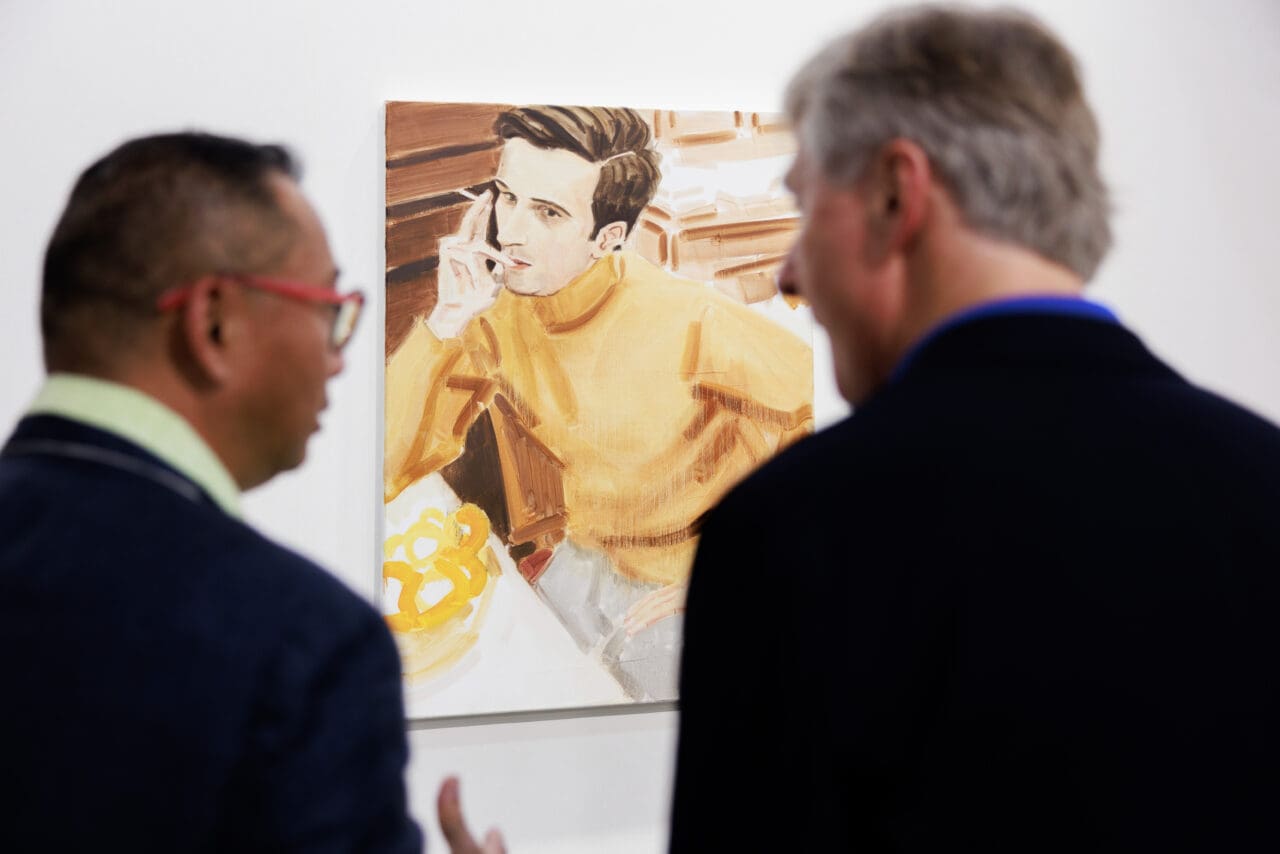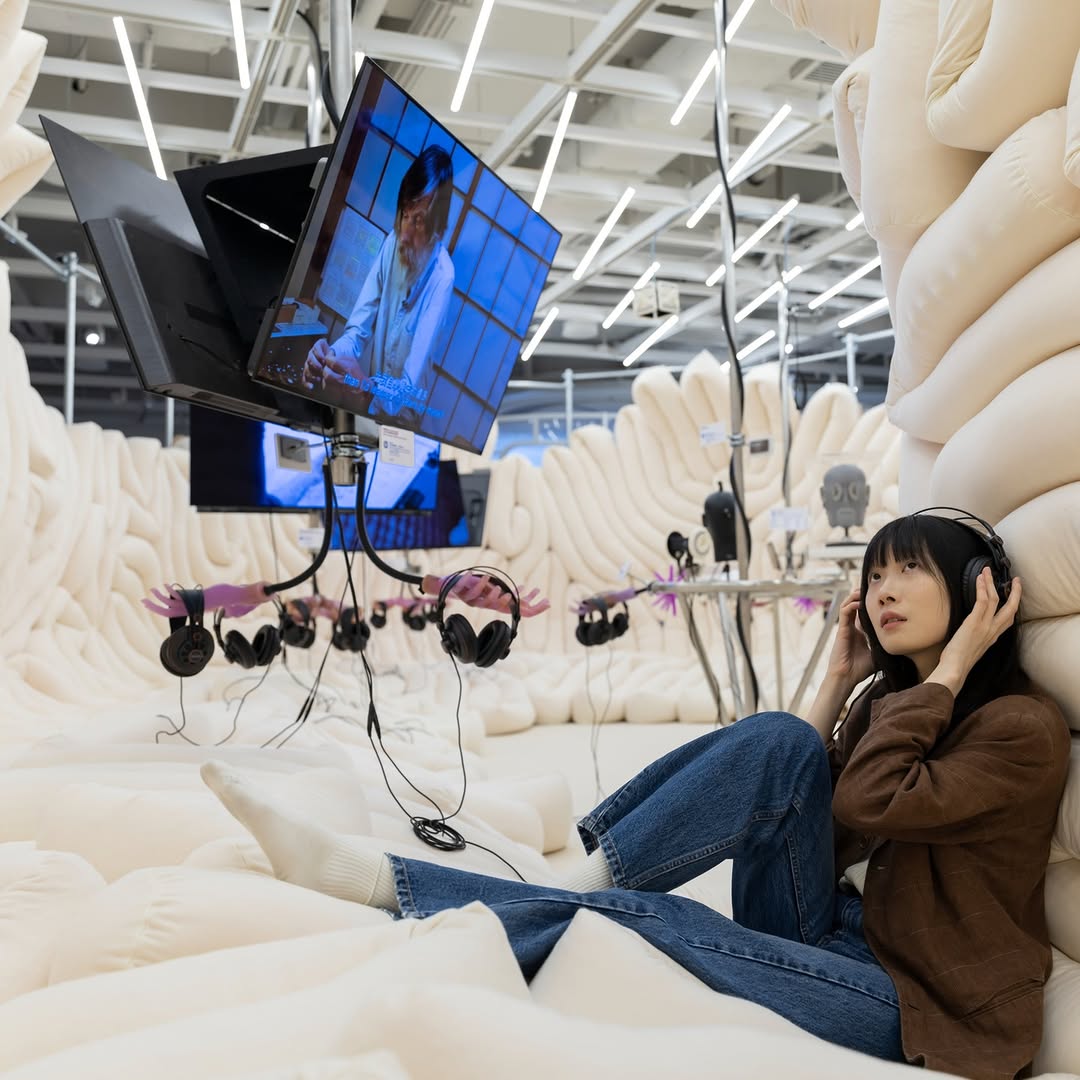Ubiquity and exclusivity may seem like rival entities, but when it comes to fashion, they are the tether ends of a rope binding an industry together. It’s a dichotomy, perhaps endemic to the very notion of desirability, as luxury labels strive to be both unavailable and everywhere at the same time. Advertising campaigns are plastered across public transport, high-street billboards and magazine spreads, but for many, the brands themselves remain way out of reach. Fashion is, in many ways, all about striking this balance. Cut the line too slack and a label quickly loses its allure by way of ambivalence, or worse, saturation.
However, over the past decade or so, the advent, and eventual omnipresence, of social media has seen the definitions of exclusivity and access warp and weft together. The meteoric rise of social networks such as Instagram, YouTube, Facebook and Twitter, which champion user-generated content and a participatory culture, galvanised the so-called democratisation of fashion. Through Instagram, everyone found a seat on fashion’s front row, as authority shifted ceremoniously from time-honoured brands and legacy publications to anyone with an opinion and a wifi connection. These days, we find ourselves permanently connected via the apps, unconstrained by geography or time, and always online.
On Instagram, fashion has encountered the same flattening effect, where the industry gives the appearance of inclusivity through things like live-streams and influencer activations, while its real-life doors remain bolted shut. The universally recognisable ‘Instagram aesthetic’ is a testament to the platform’s powers of homogenisation, which may give the semblance of collectivity when it’s perhaps more of a monotony. And although Instagram at first gave a megaphone to many communities and individuals, its algorithms soon enforced a hierarchy and a tiresome shopping-first agenda, which has led audiences to seek out new spaces to hold their conversations.
Our reliance on technology during the pandemic, which has caused the landscape of social media to undergo dramatic change, only added fuel to the fire. Now, TikTok, OnlyFans and, more recently, Clubhouse, are becoming major players when it comes to getting our content fix. These are new networks with community-driven infrastructures, which endeavour to right the wrongs of conventional social media sites. If Instagram democratised fashion all those years ago, could these new platforms be forging a fashion utopia?
TikTok’s sledgehammer effect
With more than 2bn downloads since the beginning of lockdown, much has been made of TikTok’s sledgehammer impact on culture. From organising its own style tribes (see cottagecore, e-girls, and high-priestess style), to making JW Anderson cardigans go viral, to getting a ringside seat at Prada shows, TikTokers have cut through fashion’s sacrosanct veneer with lo-fi challenges and a much-needed sense of humour.
“The fashion community on TikTok is phenomenal,” says Iolo Lewis Edwards, director of High Fashion Talk zine. “It’s so much easier for people to find others who like the same stuff as them and to exist in the same communities and subcultures,” he says, noting the app’s unique open discovery features. “So many people I know have had videos go viral, reaching upwards of 20m people, which is literally impossible on Instagram.”
The connectivity of Clubhouse
For Edwards though, it’s Clubhouse, which is making the most noise. Despite boasting more than 10 million users and a $1bn valuation, the nascent audio-chat network is in its beta-testing phase and is only available on Apple devices. “It’s been the best platform for connecting with interesting and important people,” he says. Over the past few months, Clubhouse has put consumers, students and fashion fans on the same ‘stage’ as major editors and designers, responding to the industry’s demand for open and cross-level conversation. Via a conference call interface, the app’s fashion-focused ‘rooms’ frequently host roundtables on inclusivity, breaking news and reviews of fashion shows. “There is so much enthusiasm for fashion and a demand for it to be healthy, diverse and ethical,” Edwards says.
It means Clubhouse could potentially displace traditional platforms — watch out, Twitter — as the home of unfettered discussion. “Twitter is very egocentric,” says Pierre A M’Pelé, aka fashion critic Pam Boy. “But Clubhouse is social media in the realest sense of the word. It’s about opening dialogues and starting conversations — there is a sense of goodwill and sharing among users.”
In contrast, Twitter relies on polarised commentary between accounts to propel conversation, which often eschews nuanced exchanges for black-or-white arguments and wilful misunderstandings. While Clubhouse has come under fire for its lack of moderation resources, Edwards believes the app’s voice-led nature allows for healthier debate: “It stops what you’re saying from being misunderstood or misconstrued. The politeness and decency of real-life carries over more than it does in a Twitter argument or tiff in the comments section.”
OnlyFans and its creator economy
The limits of mainstream social media also saw Kim Russell, otherwise known as The Kimbino, up her content creation sticks to OnlyFans. The 25-year-old initially made a name for herself on Instagram where her quick-witted takedowns of celebrity and runway fashion garnered 55,000 followers, including Kim Kardashian, who Russell counts as a collaborator and style confidant. However, she soon felt stifled by the culture on Instagram — the fact that “people don’t really pay attention to long captions” and all the changes the platform had been making to its algorithm (such as replacing the activity tab for a shop button) — convincing her to look for pastures new.
Over the course of lockdown, OnlyFans has seen a month-on-month growth of 70 per cent and as of January this year, it had 85 million registered users. While the site is predominantly used by sex workers, increasing numbers of sport, fashion and even spiritual mavens are beginning to get in on the subscription-only service. For Russell, whose packages start from £6.50 a month, “OnlyFans has been a godsend.”
It’s part of a wider shift in the creator economy, which is abandoning established institutions for subscription platforms such as Patreon and Substack. OnlyFans even launched a fund for emerging artists (four people will get £20,000 each to kick-start their career) to attract more creatives to the platform. “I hope more people move to this medium,” Russell says, “because nobody is going to tell you the juicy stuff for free anymore!”
With even fashion stalwarts jumping ship (see Bottega Veneta deleting its social media accounts), the rise of TikTok, Clubhouse and OnlyFans present a chance for the industry to regenerate. And while it would be trite to see these fledgeling networks as a democratisation of the industry, they do point towards the increasingly polyphonic future of fashion, both a retaliation against the sterility of Instagram and the evolution of creator culture.
Instagram might reign supreme for now, but, as M’Pelé says, these new platforms will eventually “encourage people to listen to one another, understand different points of view, and lead to more critical thinking,” which, knowing social media, would be nothing short of revolutionary.
Editor
Daniel RodgersCredit
Lead image: Jonathan Daniel Pryce






